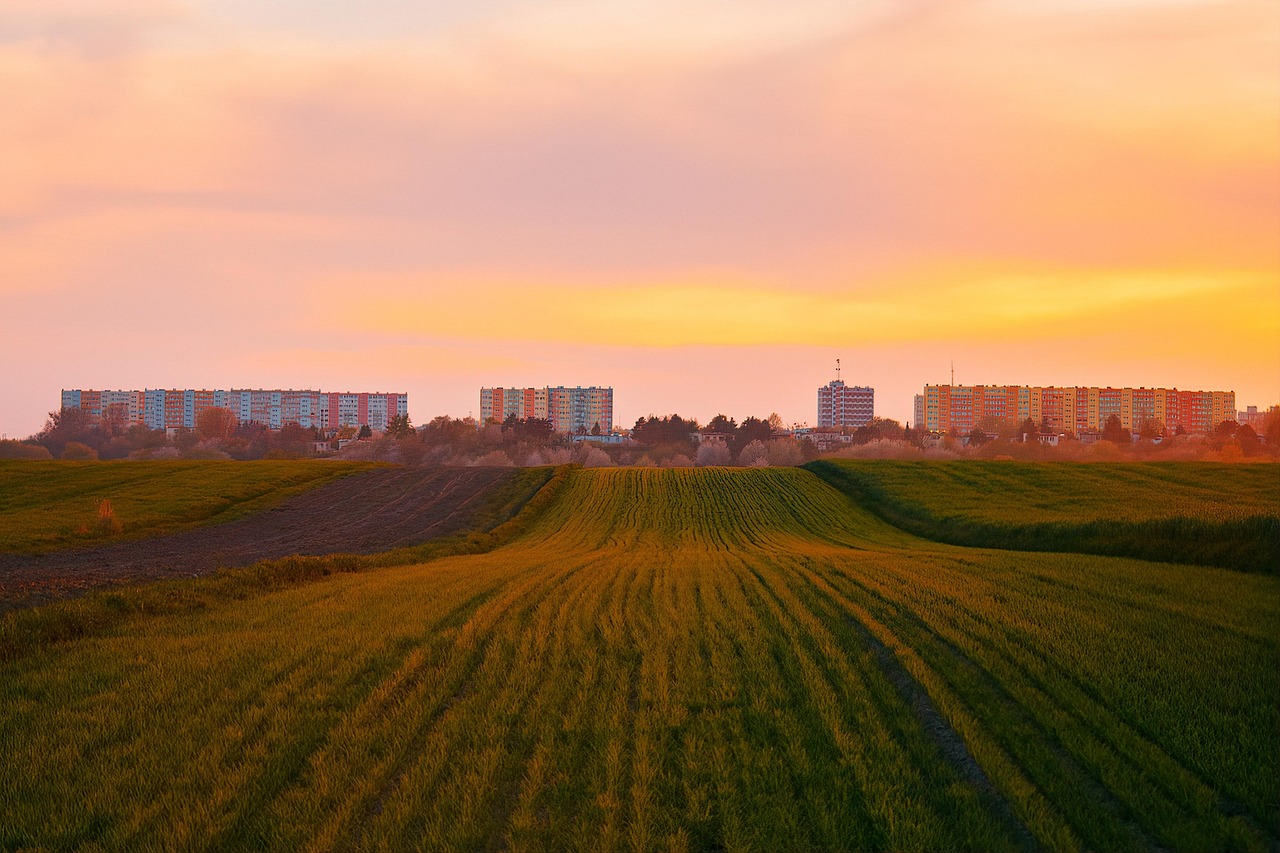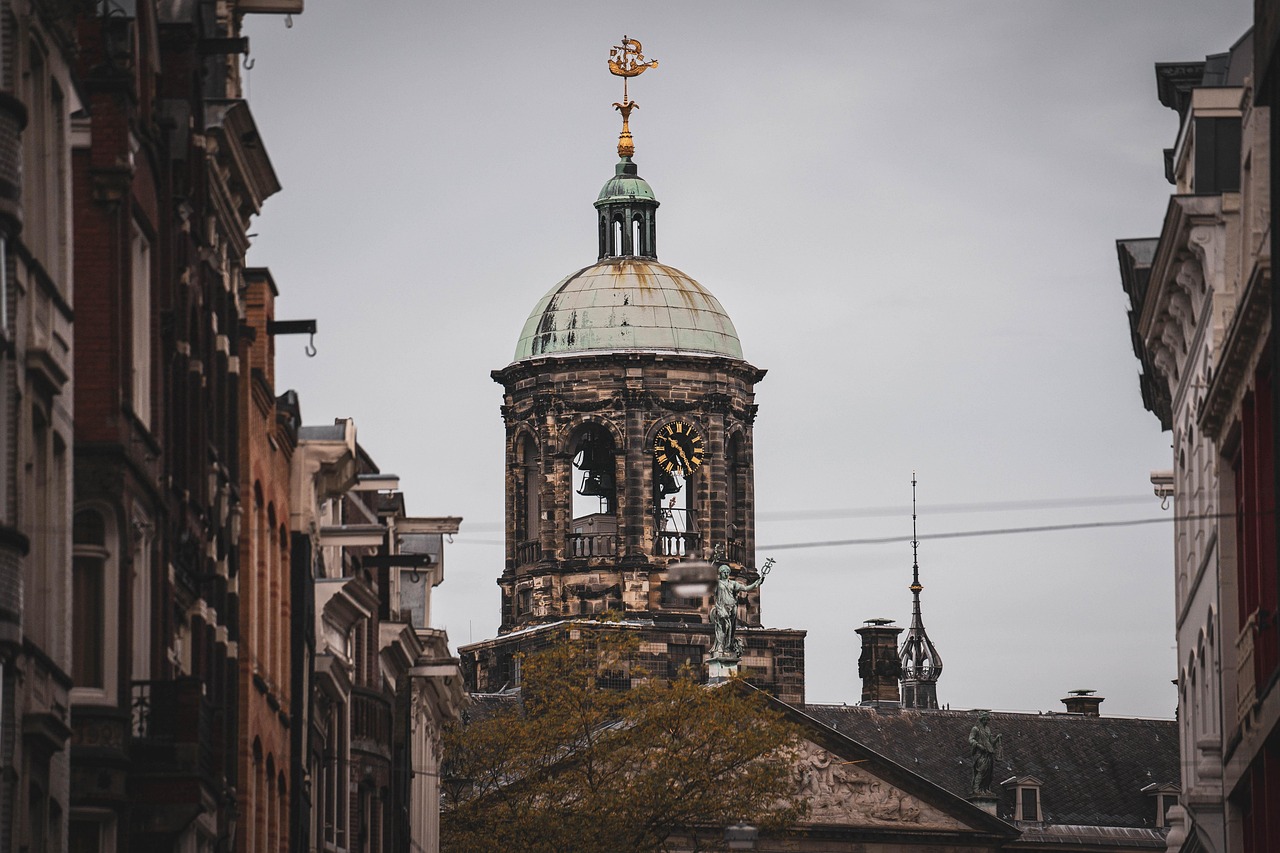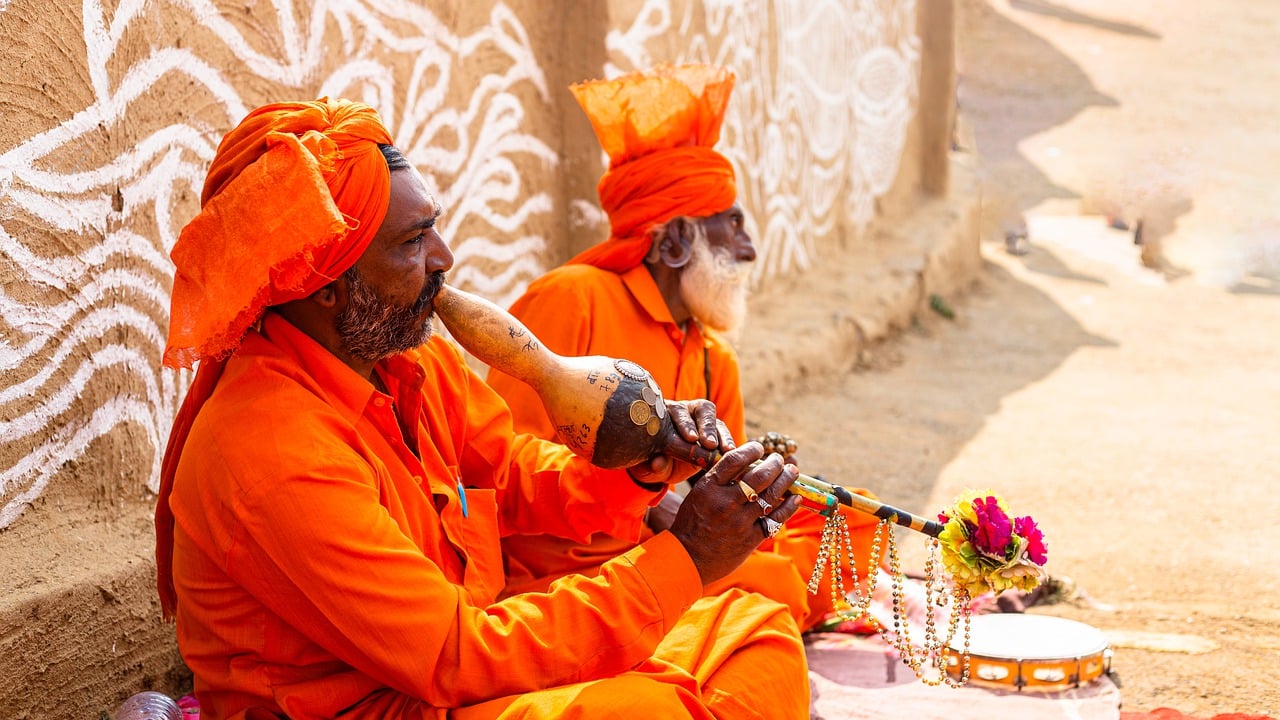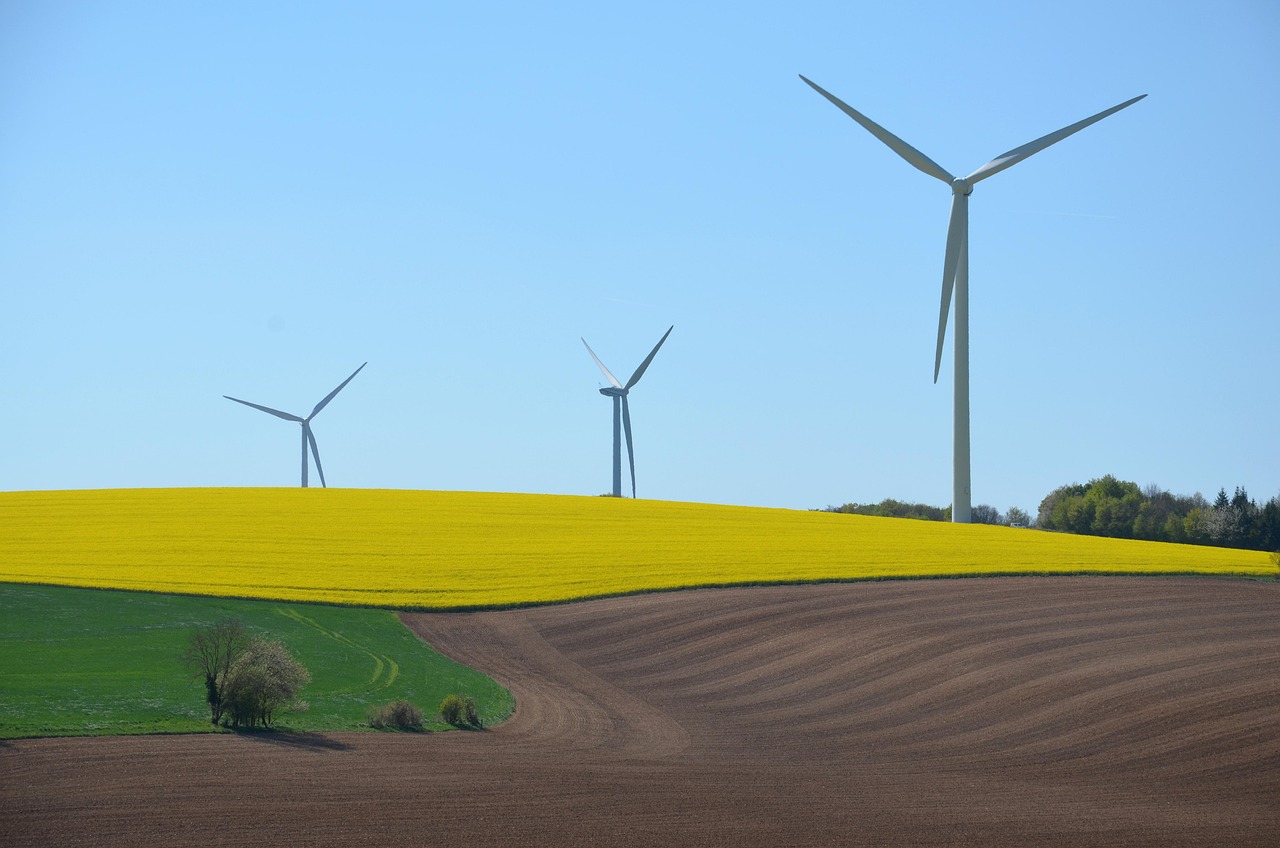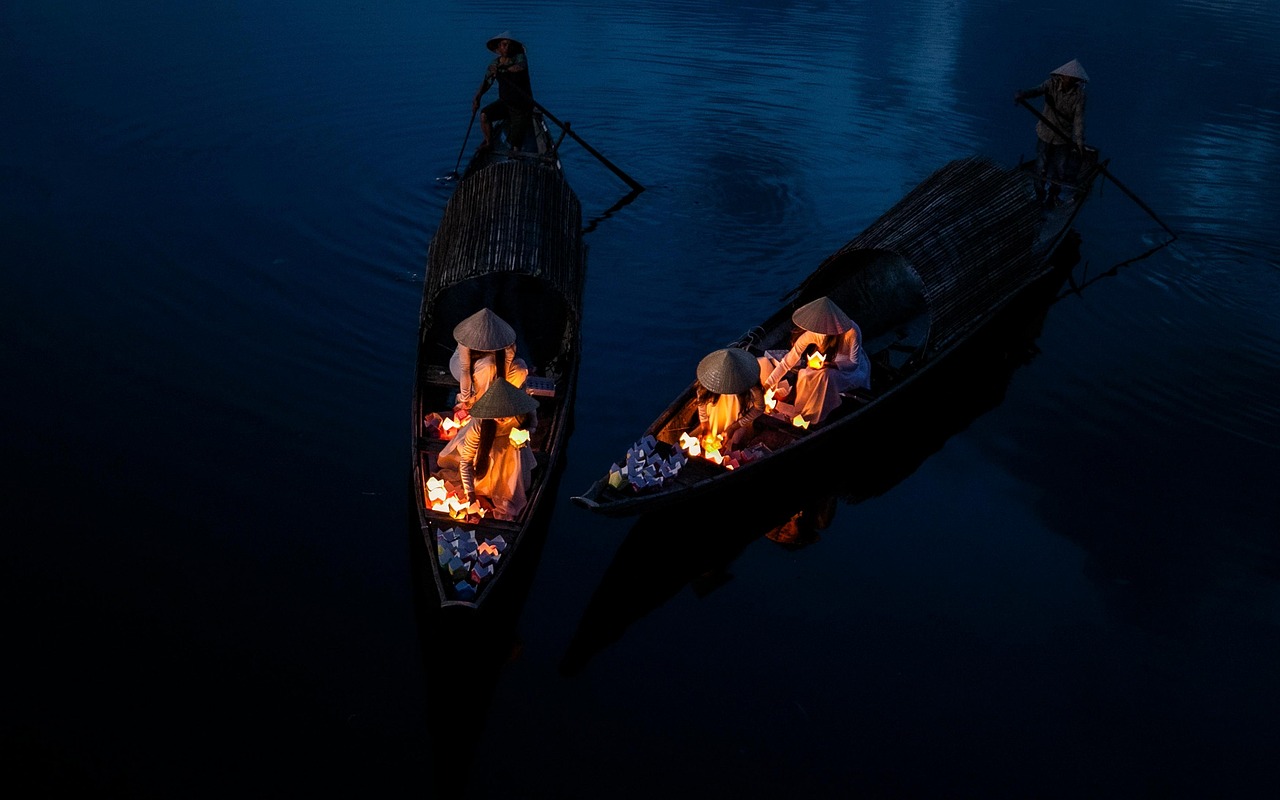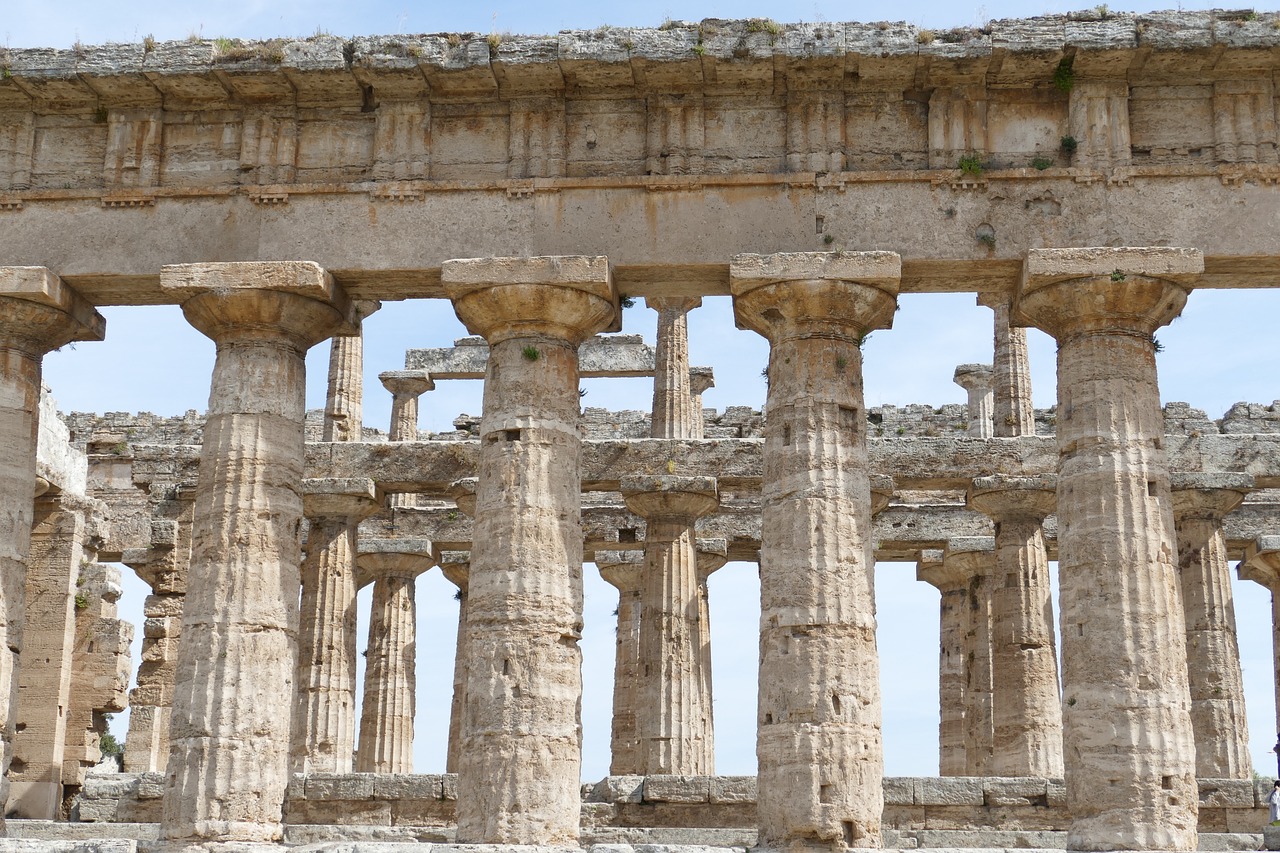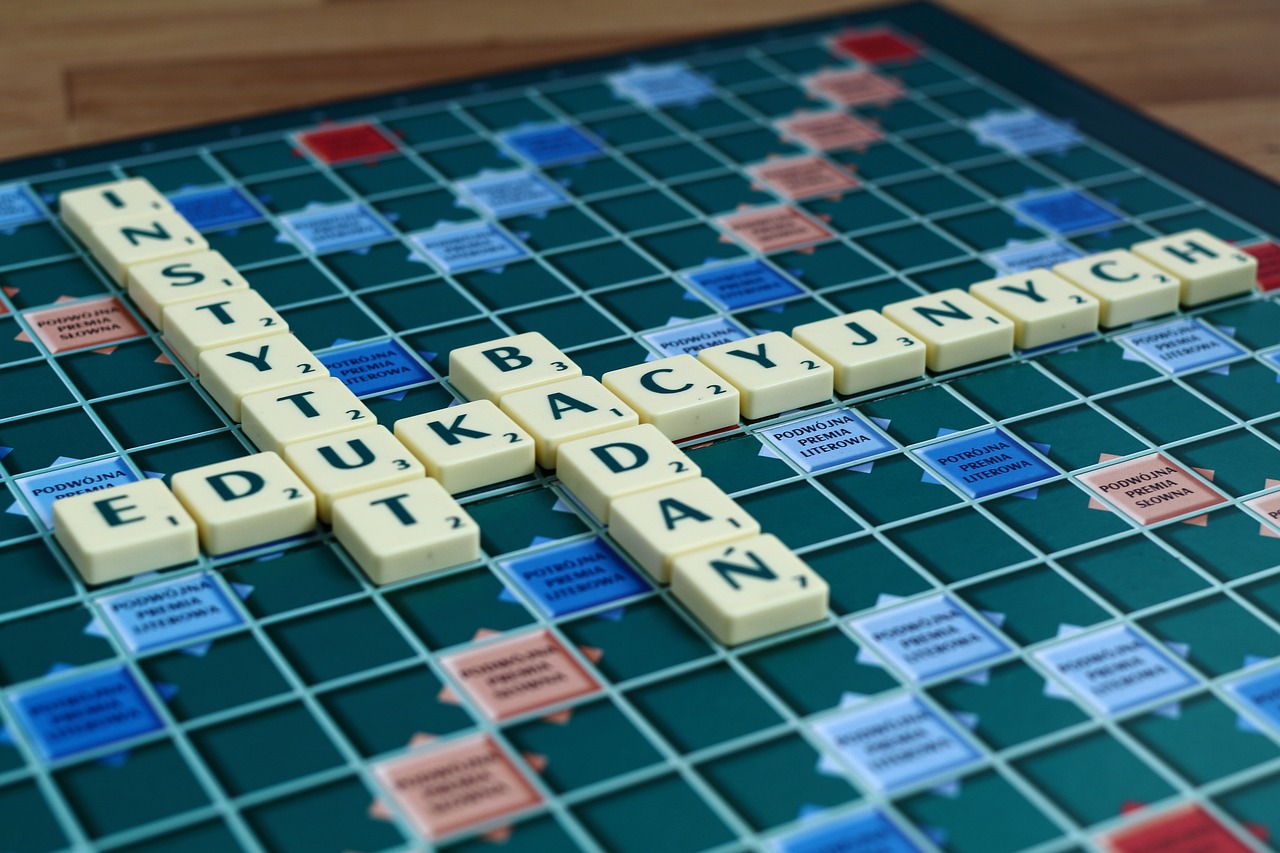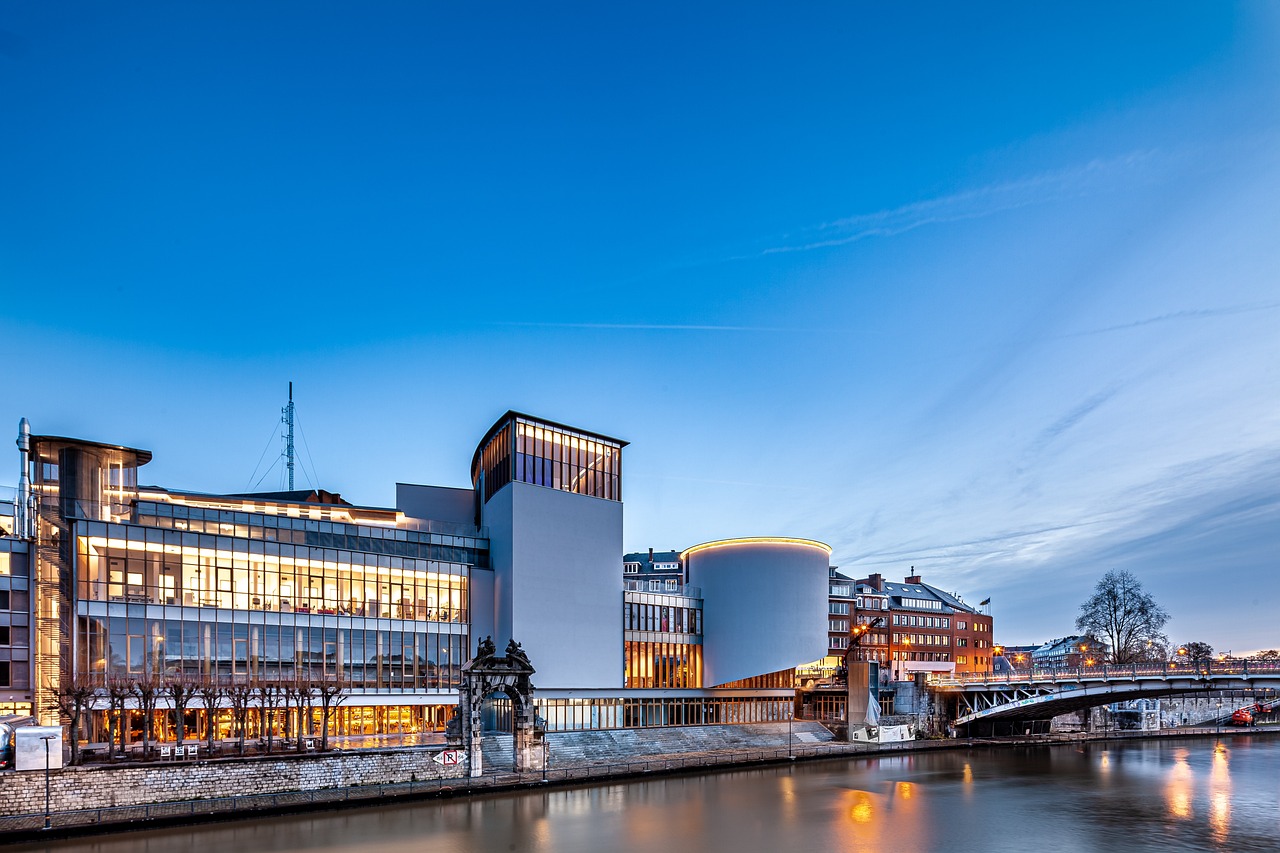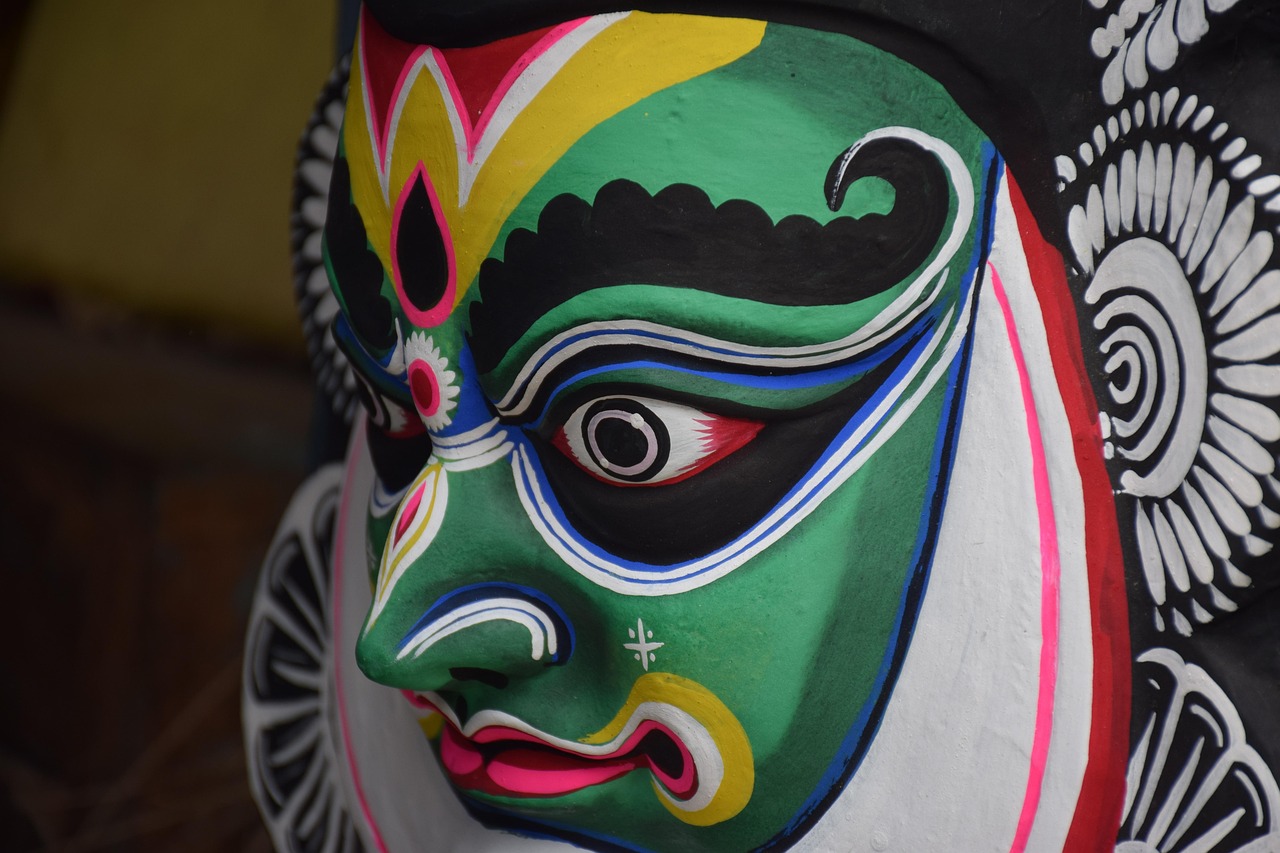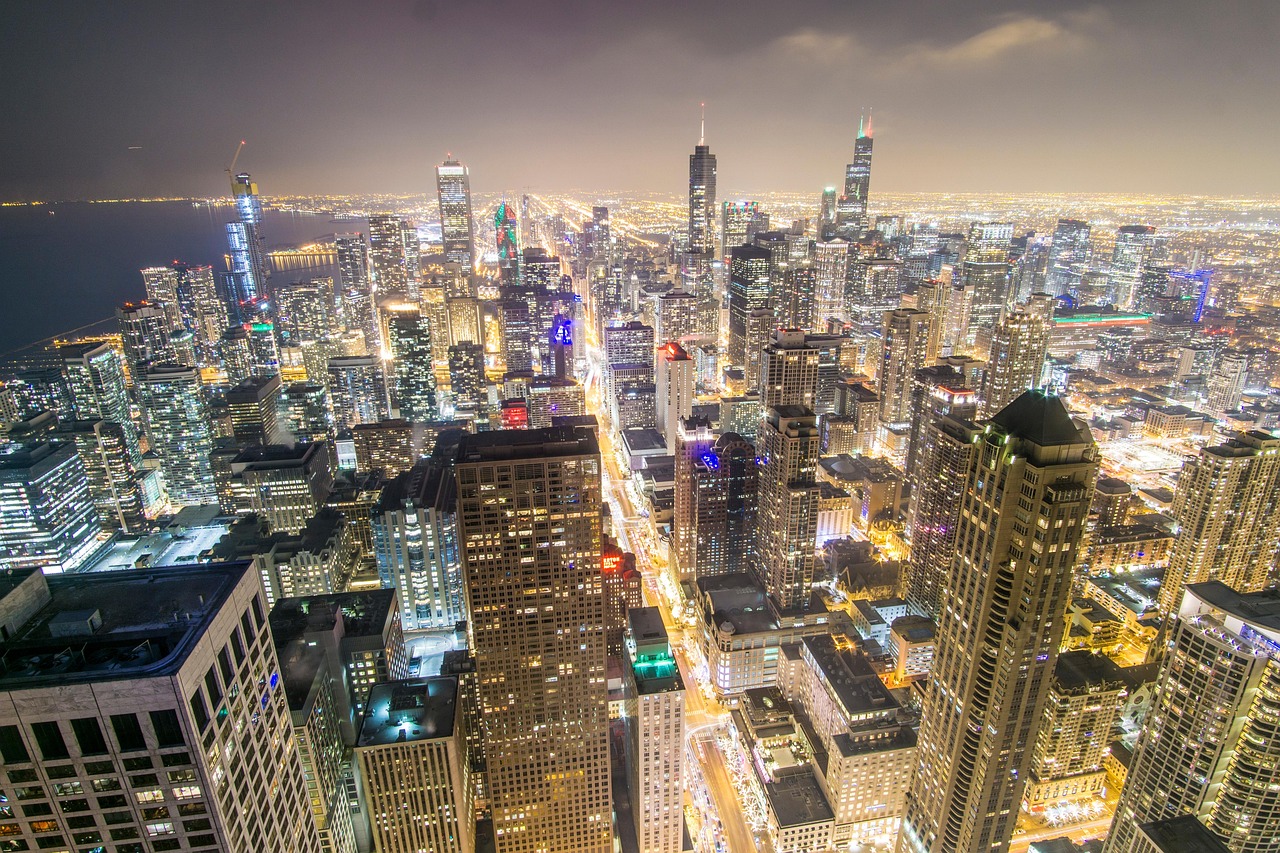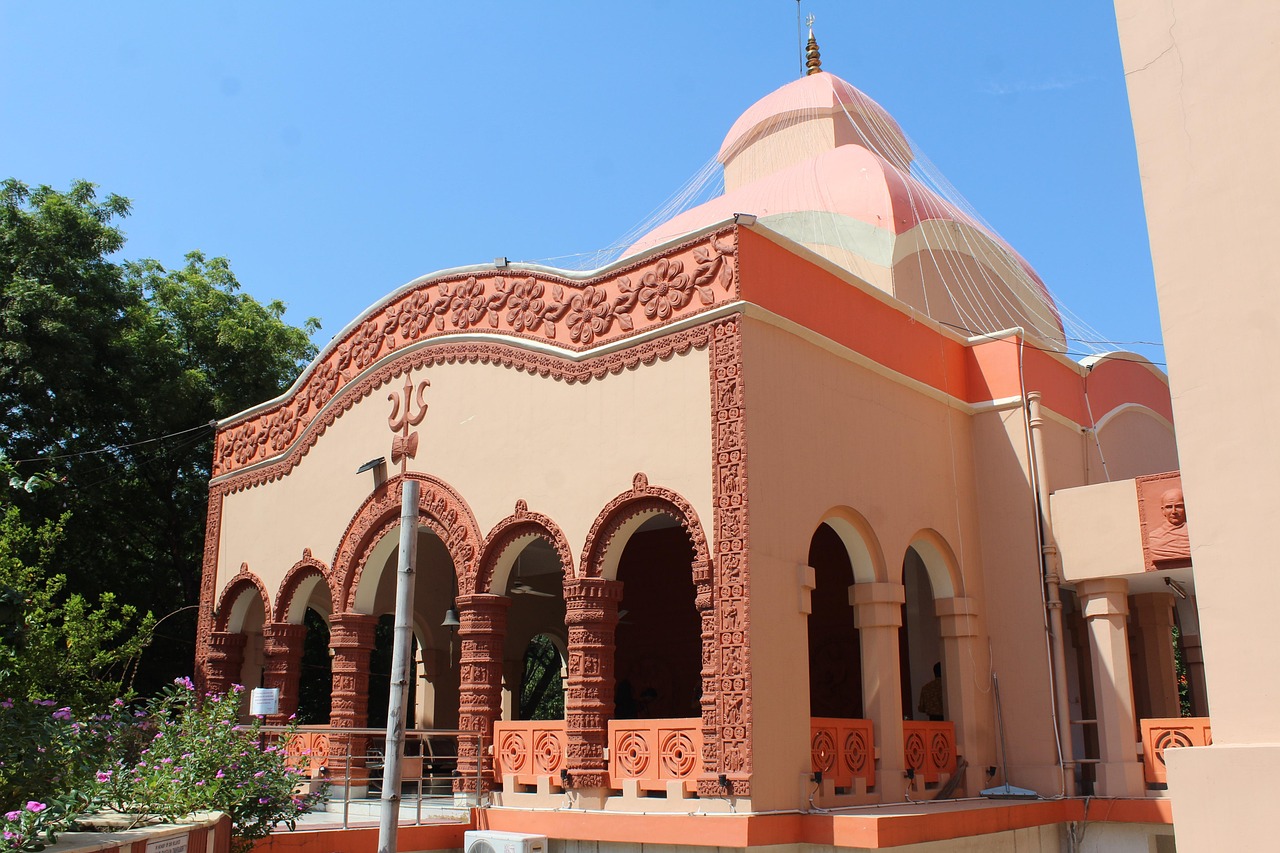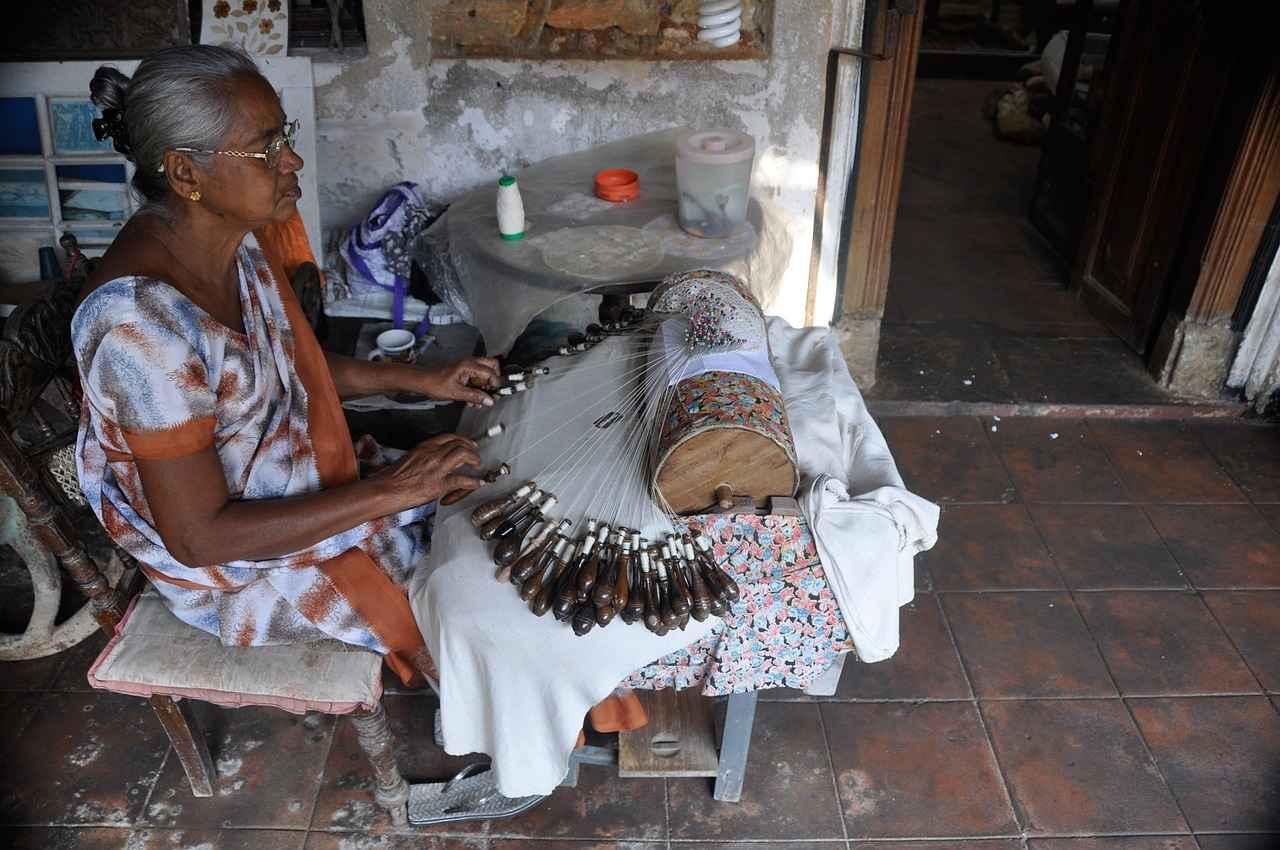This article delves into the Bengal Renaissance, exploring its significant figures, cultural movements, and lasting impact on modern India, revealing the rich tapestry of ideas and innovations that emerged during this transformative period.
The Emergence of the Bengal Renaissance
The Bengal Renaissance began in the late 18th century, characterized by a profound surge in intellectual and cultural activities. This movement challenged traditional norms, paving the way for a more modern Indian society. The convergence of Western ideas and indigenous culture fostered a unique environment for innovation and reform.
Key Figures of the Bengal Renaissance
- Raja Ram Mohan Roy: Often referred to as the father of modern India, he was a pivotal figure advocating for social reforms and education.
- Rabindranath Tagore: A literary luminary whose works transcended regional boundaries, earning him the first Nobel Prize in Literature from Asia.
Raja Ram Mohan Roy: The Father of Modern India
Roy’s advocacy for social reforms was instrumental in challenging orthodox practices. His efforts against practices like Sati highlighted his commitment to social justice and equality, significantly impacting women’s status in society.
Rabindranath Tagore: A Literary Luminary
Tagore’s literary contributions not only enriched Bengali literature but also resonated globally, influencing generations of writers and thinkers.
Art and Culture During the Renaissance
This period was marked by a flourishing of arts, including painting, music, and theater. Artists began to explore new forms and techniques, resulting in a unique artistic expression that defined the era.
Social Reforms and Their Impact
The Bengal Renaissance ignited numerous social reforms aimed at addressing issues like caste discrimination and gender inequality. These movements laid the groundwork for future political activism and societal change.
Legacy of the Renaissance in Modern India
The ideals and reforms initiated during this period continue to influence modern India, fostering a spirit of inquiry and progressive thought essential for societal growth.
Conclusion: The Enduring Influence of the Bengal Renaissance
The Bengal Renaissance remains a pivotal chapter in Indian history. Its stories of innovation and reform resonate today, underscoring the importance of cultural and intellectual awakening in shaping modern society.

The Emergence of the Bengal Renaissance
The Bengal Renaissance, a remarkable cultural and intellectual movement, emerged in the late 18th century as a response to the colonial influences and socio-political changes sweeping across India. This period was characterized by a vigorous exploration of ideas that questioned traditional values and sought to redefine the identity of Indian society. The Renaissance was not merely a revival of art and literature; it was a profound transformation that laid the groundwork for modern Indian society.
During this time, Bengal became a hub of intellectual activity, attracting thinkers, artists, and reformers who were eager to challenge the status quo. The influence of European Enlightenment ideas played a crucial role in this awakening, encouraging a spirit of inquiry and rational thought. The emergence of print media facilitated the dissemination of new ideas, allowing the public to engage with concepts of liberty, equality, and social justice.
Key figures such as Raja Ram Mohan Roy and Rabindranath Tagore were at the forefront of this movement. Roy, often hailed as the father of the Indian Renaissance, advocated for social reforms, particularly in education and women’s rights, while Tagore’s literary contributions enriched Bengali culture and brought global recognition to Indian literature. Their efforts not only inspired a generation but also laid the foundation for future reform movements across India.
The Bengal Renaissance also witnessed a flourishing of the arts, with artists and musicians exploring new forms of expression that reflected the changing societal landscape. This cultural revival was instrumental in fostering a sense of pride and identity among the Bengali people, encouraging them to embrace their heritage while also engaging with modern ideas.
In conclusion, the Bengal Renaissance was a pivotal moment in Indian history that significantly shaped the trajectory of modern India. Its legacy of intellectual inquiry, cultural richness, and social reform continues to resonate, reminding us of the importance of questioning norms and striving for progress.

Key Figures of the Bengal Renaissance
The Bengal Renaissance was a transformative period in Indian history, characterized by a surge of intellectual and cultural activities that challenged traditional norms. Among the many influential figures who emerged during this time, Raja Ram Mohan Roy and Rabindranath Tagore stand out for their profound contributions to social reform and cultural advancement.
Raja Ram Mohan Roy: A Visionary Reformer
Often hailed as the Father of Modern India, Raja Ram Mohan Roy was a pioneering social reformer whose efforts laid the foundation for a more progressive society. His relentless advocacy for education and rational thought was instrumental in challenging deeply entrenched orthodox practices. Roy’s establishment of educational institutions emphasized the importance of science and critical thinking, which became pivotal in shaping modern education in India.
Moreover, his courageous stance against practices such as Sati showcased his commitment to women’s rights and social justice. By addressing these issues, he significantly impacted the status of women in society, advocating for equality and respect.
Rabindranath Tagore: A Cultural Icon
Rabindranath Tagore, a literary luminary, brought forth a wave of creativity that enriched Bengali literature and resonated on a global scale. As the first Asian to receive the Nobel Prize in Literature, Tagore’s works explored themes of humanity, nature, and the spiritual connection between individuals. His philosophical insights and poetic expressions not only transformed Bengali literature but also inspired generations of writers and thinkers worldwide.
Tagore’s contributions extended beyond literature; he was also an advocate for education and cultural exchange, emphasizing the importance of a holistic approach to learning that nurtures both the mind and spirit.
Conclusion
The legacies of Raja Ram Mohan Roy and Rabindranath Tagore continue to influence contemporary Indian society. Their efforts in promoting social reforms and cultural advancements during the Bengal Renaissance laid the groundwork for a more enlightened and progressive India. As we reflect on their contributions, it becomes evident that the ideals they championed are as relevant today as they were in their time.
Raja Ram Mohan Roy: The Father of Modern India
Raja Ram Mohan Roy, often hailed as the Father of Modern India, was a visionary reformer whose influence extended far beyond his time. His relentless advocacy for social reforms and education played a pivotal role in challenging deeply entrenched orthodox practices. By promoting rational thought and encouraging critical inquiry, Roy emerged as a cornerstone of the Bengal Renaissance, a movement that sought to awaken the intellectual and cultural consciousness of India.
Roy’s journey began in the late 18th century when he recognized the urgent need for change in a society mired in superstition and inequality. One of his most significant contributions was his campaign against the Sati system, a practice that involved the self-immolation of widows. His efforts in this domain not only showcased his commitment to women’s rights but also ignited a broader conversation about gender equality in India.
In addition to advocating for women’s rights, Roy was a staunch proponent of education. He founded several educational institutions that emphasized the importance of science and rationalism. His belief that education was the foundation for societal transformation led to the establishment of the Brahmo Samaj, which sought to reform Hindu society by promoting ethical living and rational thought.
Roy’s impact was not limited to social issues; he also played a crucial role in the cultural awakening of India. By encouraging the study of Western literature and philosophy, he fostered a spirit of inquiry that challenged traditional norms. His writings and speeches inspired countless individuals to question the status quo and seek a more enlightened path for society.
In conclusion, Raja Ram Mohan Roy’s legacy as a reformer and educator remains profoundly relevant today. His dedication to social justice and rational thought laid the groundwork for the modern Indian society we know now. The ideals he championed continue to resonate, reminding us of the power of education and reform in shaping a better future.
Contributions to Women’s Rights
Raja Ram Mohan Roy, often hailed as the Father of Modern India, made remarkable strides in advocating for women’s rights during the Bengal Renaissance. His relentless efforts to abolish the practice of Sati, where widows were forced to self-immolate on their husbands’ funeral pyres, were a testament to his deep commitment to social justice and equality. Roy recognized that such practices were not only inhumane but also detrimental to the status of women in society.
Through his activism, Roy highlighted the need for legal reforms that would protect women’s rights and promote their dignity. He founded the Brahmo Samaj in 1828, a reformist religious and social movement that advocated for the rights of women and aimed to eradicate social evils. This organization played a crucial role in raising awareness about women’s issues and mobilizing public opinion against oppressive customs.
In addition to his fight against Sati, Roy championed women’s education, believing that empowering women through knowledge was essential for societal progress. He argued that educated women could contribute significantly to the family and society at large, thereby elevating their status. His establishment of schools that admitted girls was revolutionary and paved the way for future generations of women to access education.
Roy’s efforts did not go unnoticed; his advocacy inspired many to join the movement for women’s rights. His writings and speeches brought attention to the plight of women, encouraging others to recognize the importance of gender equality. In this way, his legacy continues to influence contemporary discussions on women’s rights in India.
Conclusion: Raja Ram Mohan Roy’s contributions to women’s rights were instrumental in shaping a more equitable society. His fight against Sati and promotion of education for women not only improved the status of women in his time but also laid the groundwork for future reforms. His vision of a society that values and respects women remains relevant today, reminding us of the ongoing journey towards gender equality.
Promotion of Education and Rationalism
The Bengal Renaissance was a remarkable period that not only transformed the cultural landscape of India but also laid a strong emphasis on education and rationalism. This movement emerged as a response to the rigid social structures and superstitions prevalent in society. Visionaries like Raja Ram Mohan Roy championed the cause of modern education, advocating for an approach that prioritized scientific inquiry and critical thinking over traditional dogmas.
Roy’s establishment of educational institutions was a groundbreaking initiative that aimed to provide quality education accessible to all. He believed that education was the key to individual empowerment and societal progress. Through his efforts, schools were founded that focused on subjects like science, mathematics, and literature, which were essential for fostering a rational mindset among students. This shift towards a more scientific approach in education encouraged learners to question existing norms and seek knowledge through observation and reasoning.
Moreover, the promotion of rationalism during this era was not limited to formal education. It permeated various aspects of life, influencing literature, art, and social reforms. Intellectuals began to challenge age-old practices and superstitions, advocating for a society grounded in logic and reason. This cultural shift played a crucial role in shaping modern Indian thought, encouraging a generation of thinkers and reformers who would continue to push for progress.
- Establishment of Schools: Institutions founded to promote modern education.
- Curriculum Focus: Emphasis on science and rational thought.
- Social Impact: Encouraged questioning of traditional norms.
In conclusion, the emphasis on education and rationalism during the Bengal Renaissance laid a robust foundation for modern education in India. The legacy of this movement continues to inspire educational reforms today, highlighting the enduring relevance of critical thinking and scientific inquiry in shaping a progressive society.
Rabindranath Tagore: A Literary Luminary
Rabindranath Tagore stands as a monumental figure in the landscape of literature and philosophy, not just in Bengal, but across the globe. His profound contributions have left an indelible mark on the world of arts, earning him the distinction of being the first Asian to receive the Nobel Prize in Literature in 1913. This accolade was not merely a personal triumph; it highlighted the richness of Bengali literature and its global resonance.
Tagore’s literary oeuvre encompasses a wide range of genres, including poetry, short stories, novels, and plays. His most celebrated work, Gitanjali, is a collection of poems that express deep spirituality and a profound connection with nature. The themes of love, humanity, and the divine permeate his writings, inviting readers to explore their own inner landscapes.
In addition to his literary achievements, Tagore was a philosopher who engaged with the complexities of human existence. He believed in the interconnectedness of all beings and emphasized the importance of individual freedom and creativity. His ideas challenged the rigid structures of society and encouraged a more holistic understanding of life.
Tagore’s influence extended beyond literature and philosophy; he was also a social reformer. He advocated for education that nurtured creativity and critical thinking, laying the groundwork for a more progressive society. His establishment of Visva-Bharati University in Santiniketan exemplified his vision of an educational institution that blended the arts with holistic learning.
In conclusion, the legacy of Rabindranath Tagore is a testament to the power of literature and philosophy in shaping modern thought. His works continue to inspire generations, reminding us of the beauty and complexity of the human experience. Tagore’s insights are not confined to the pages of history; they resonate in contemporary discussions about culture, identity, and the essence of being.
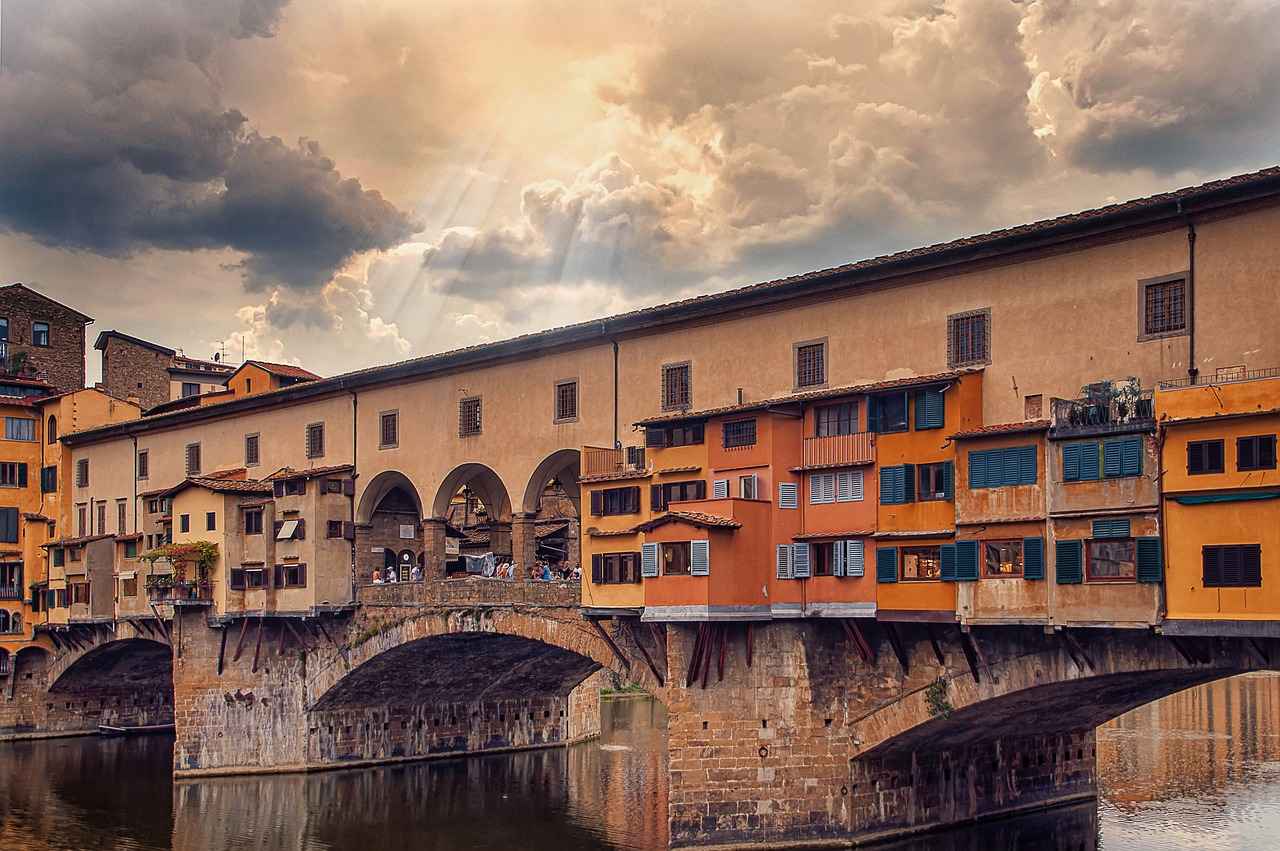
Art and Culture During the Renaissance
The Bengal Renaissance was a remarkable period that witnessed a profound transformation in the arts and culture of Bengal, reflecting the dynamic socio-political landscape of the time. This era, spanning primarily from the late 18th century to the early 20th century, was marked by a vibrant blossoming of creativity that not only enriched Bengali culture but also laid the groundwork for modern Indian identity.
The arts during this period were characterized by a fusion of traditional and modern elements. Artists and intellectuals sought to break free from the constraints of colonial rule and traditional practices, leading to a renaissance of expression across various mediums. Painting, music, and theater flourished, showcasing a diverse range of styles and themes that resonated with the public.
- Painting: The Bengal School of Art emerged, with artists like Abanindranath Tagore and Nandalal Bose leading the way. Their works often incorporated indigenous themes and techniques, blending them with influences from Western art.
- Music: The period saw the rise of Rabindra Sangeet, a genre of music composed by Rabindranath Tagore that combined poetry and melody, creating a unique cultural identity.
- Theater: Bengali theater experienced a renaissance as well, with playwrights like Michael Madhusudan Dutt and Uttam Kumar exploring new narratives that challenged societal norms.
Moreover, the literary scene was invigorated by writers who experimented with new forms and themes. The contributions of literary giants such as Bankim Chandra Chatterjee and Tagore not only enriched Bengali literature but also had a lasting impact on Indian literature as a whole.
This cultural awakening was not merely an artistic phenomenon; it was deeply intertwined with the social reforms of the time. The artists and intellectuals of the Bengal Renaissance often used their platforms to advocate for social justice, education, and women’s rights, thereby fostering a spirit of inquiry and progress that remains relevant today.
In conclusion, the Bengal Renaissance was a pivotal chapter in the history of Indian arts and culture, characterized by a flourishing of creativity and a profound cultural awakening. Its legacy continues to inspire contemporary artists and thinkers, reminding us of the power of art to challenge, inspire, and transform society.
Influence on Bengali Literature
The Bengal Renaissance marked a transformative era in Bengali literature, characterized by a remarkable evolution in themes, styles, and narratives. This period, spanning from the late 18th to the early 20th century, saw writers breaking free from traditional constraints, exploring uncharted territories of thought and expression.
During this time, authors began to delve into social issues, political consciousness, and cultural identity, reflecting the changing dynamics of society. The emergence of new literary forms, such as the novel and short story, allowed for greater exploration of human emotions and societal complexities. Writers like Bankim Chandra Chatterjee and Michael Madhusudan Dutt were at the forefront, introducing innovative narrative techniques that enriched the literary landscape.
Bankim Chandra Chatterjee, known for his epic novel Rajmohan’s Wife, was pivotal in shaping modern Bengali prose. His works often intertwined themes of nationalism and cultural pride, which resonated deeply with the socio-political climate of the time. Similarly, Michael Madhusudan Dutt revolutionized Bengali poetry by incorporating Western literary styles, thereby expanding the expressive capabilities of the language.
Furthermore, the influence of Rabindranath Tagore cannot be overstated. His poetry and songs transcended borders, earning him the first Nobel Prize in Literature from Asia. Tagore’s ability to weave complex emotions with universal themes made his work timeless, inspiring generations of writers and poets.
The literary movements that emerged during the Bengal Renaissance also paved the way for future generations. The exploration of feminism and social justice in the works of authors like Sharatchandra Chattopadhyay highlighted the need for equality and reform, further enriching the literary discourse.
In summary, the Bengal Renaissance was a crucial period that not only transformed Bengali literature but also laid the foundation for modern Indian literature. The innovative approaches and themes explored by writers during this time continue to inspire and influence contemporary literature, demonstrating the enduring legacy of this remarkable era.
The Rise of Modern Arts
during the Bengal Renaissance marked a significant shift in the artistic landscape of India. As artists began to explore new forms and techniques, they effectively blended traditional motifs with modern influences, resulting in a unique artistic expression that defined the era.
This period, which flourished from the late 18th to the early 20th century, saw artists breaking free from the constraints of classical styles. They sought to reflect the changing socio-political environment through their work. For instance, artists like Abanindranath Tagore and Jamini Roy emerged as pioneers, infusing their paintings with indigenous themes while adopting Western techniques.
- Abanindranath Tagore: Known for his role in the Bengal School of Art, he emphasized the importance of Indian aesthetics, drawing inspiration from Mughal and Rajput art forms.
- Jamini Roy: He is celebrated for his use of folk art elements, which he transformed into modern canvases, making art accessible to the masses.
Moreover, the rise of modern arts was not limited to visual arts; it extended to literature and theater as well. Playwrights and poets began to experiment with narrative styles and themes, reflecting the cultural awakening of the time. This cross-pollination of ideas fostered a vibrant artistic community that encouraged collaboration and innovation.
The impact of this artistic revolution was profound. It not only laid the foundation for future generations of artists but also played a crucial role in shaping the national identity of India. The modern arts movement became a medium through which artists expressed their thoughts on social issues, thereby influencing public opinion and contributing to the broader reform movements of the Bengal Renaissance.
In conclusion, the rise of modern arts during the Bengal Renaissance was a transformative period that redefined artistic expression in India. By blending traditional elements with modern techniques, artists created a rich tapestry of works that continue to inspire and resonate with audiences today.

Social Reforms and Their Impact
The Bengal Renaissance was a pivotal period that ignited a wave of social reforms across India. These reforms addressed pressing issues such as caste discrimination, gender inequality, and the need for education. By challenging the status quo, the movement laid the groundwork for a more equitable society.
One of the most significant outcomes of the Bengal Renaissance was the rise of various reform movements that aimed to eradicate social injustices. Activists and intellectuals, inspired by the ideals of rationalism and equality, worked tirelessly to advocate for the rights of marginalized communities. For instance, the abolition of the Sati practice, which involved the self-immolation of widows, was a critical focus of reformers like Raja Ram Mohan Roy. His efforts not only saved lives but also challenged deep-rooted patriarchal norms.
- Caste Discrimination: The Renaissance prompted discussions around the caste system, leading to movements that sought to uplift the oppressed and promote social harmony.
- Gender Inequality: Reformers advocated for women’s education and rights, significantly altering societal perceptions and improving women’s status in various spheres.
- Educational Reforms: The establishment of schools and colleges aimed at promoting modern education helped bridge the gap between traditional knowledge and contemporary skills.
The impact of these reforms extended beyond their immediate effects. They laid the foundation for future political movements that would continue to challenge social injustices. The principles of equality and justice that emerged during this era resonated in later struggles for independence and civil rights.
In conclusion, the Bengal Renaissance was not merely a cultural revival; it was a transformative movement that reshaped societal norms and values. The reforms initiated during this period continue to influence contemporary Indian society, fostering a spirit of inquiry and progress that remains essential for ongoing development.
The Role of Reform Movements
During the Bengal Renaissance, a multitude of reform movements emerged, each addressing various social injustices and advocating for equality. These movements were pivotal in challenging the status quo, fostering a spirit of activism that would lay the groundwork for future political movements in India.
One of the most significant aspects of these reform movements was their focus on education. Reformers believed that education was the key to social change. They established schools and institutions that promoted modern curricula, emphasizing critical thinking and scientific inquiry. This educational revolution aimed not only to uplift the underprivileged but also to empower women, who had been largely excluded from formal education.
| Reform Movement | Key Focus Areas | Notable Figures |
|---|---|---|
| Brahmo Samaj | Monotheism, Social Reform | Raja Ram Mohan Roy |
| Prarthana Samaj | Social Justice, Women’s Rights | Atmaram Pandurang |
| Ramakrishna Mission | Spiritual Awakening, Service to Society | Swami Vivekananda |
These movements also tackled caste discrimination and gender inequality. Reformers like Iswar Chandra Vidyasagar championed women’s rights, advocating for laws that prohibited practices such as child marriage and promoted widow remarriage. Such efforts were revolutionary, as they challenged deep-rooted societal norms and aimed to uplift marginalized communities.
Furthermore, the influence of these reform movements extended beyond their immediate societal impact. They inspired a sense of national identity and unity among Indians, fostering a collective consciousness that would later fuel the fight for independence from colonial rule. The ideas propagated during this period became a source of motivation for future generations, encouraging them to strive for a more just and equitable society.
In conclusion, the reform movements of the Bengal Renaissance were instrumental in shaping modern Indian society. Their legacy is evident in the ongoing struggles for social justice and equality, highlighting the importance of activism and reform in driving societal change.
Legacy of the Renaissance in Modern India
The Legacy of the Renaissance in Modern India is a profound testament to the enduring impact of the Bengal Renaissance on contemporary society. This transformative period, which flourished in the 19th century, laid the groundwork for many of the social, cultural, and intellectual advancements that define modern India.
The Bengal Renaissance was not merely a historical episode; it was a catalyst for change that fostered a spirit of inquiry and progressive thought. The ideals championed by key figures such as Raja Ram Mohan Roy and Rabindranath Tagore continue to resonate today, influencing various facets of Indian life.
- Promotion of Education: The emphasis on rationalism and scientific thought during the Renaissance paved the way for the modern education system in India. Educational reforms initiated during this time encouraged critical thinking and a broader worldview.
- Social Equality: The fight against social injustices, including caste discrimination and gender inequality, was a hallmark of the Renaissance. These movements laid the foundation for ongoing efforts towards equality and justice in contemporary India.
- Cultural Flourishing: The artistic and literary advancements of the Renaissance have left an indelible mark on Indian culture, inspiring generations of artists, writers, and thinkers.
Moreover, the Renaissance instilled a sense of identity and pride among Indians, encouraging a collective consciousness that contributed to the national movements against colonial rule. This period of awakening fostered a belief in the power of self-expression and intellectual freedom, principles that are crucial in today’s democratic society.
In conclusion, the legacy of the Bengal Renaissance is not confined to history; it is a living influence that continues to shape modern India. By nurturing a culture of inquiry and progressive thought, the Renaissance has equipped contemporary society with the tools necessary for ongoing growth and development.
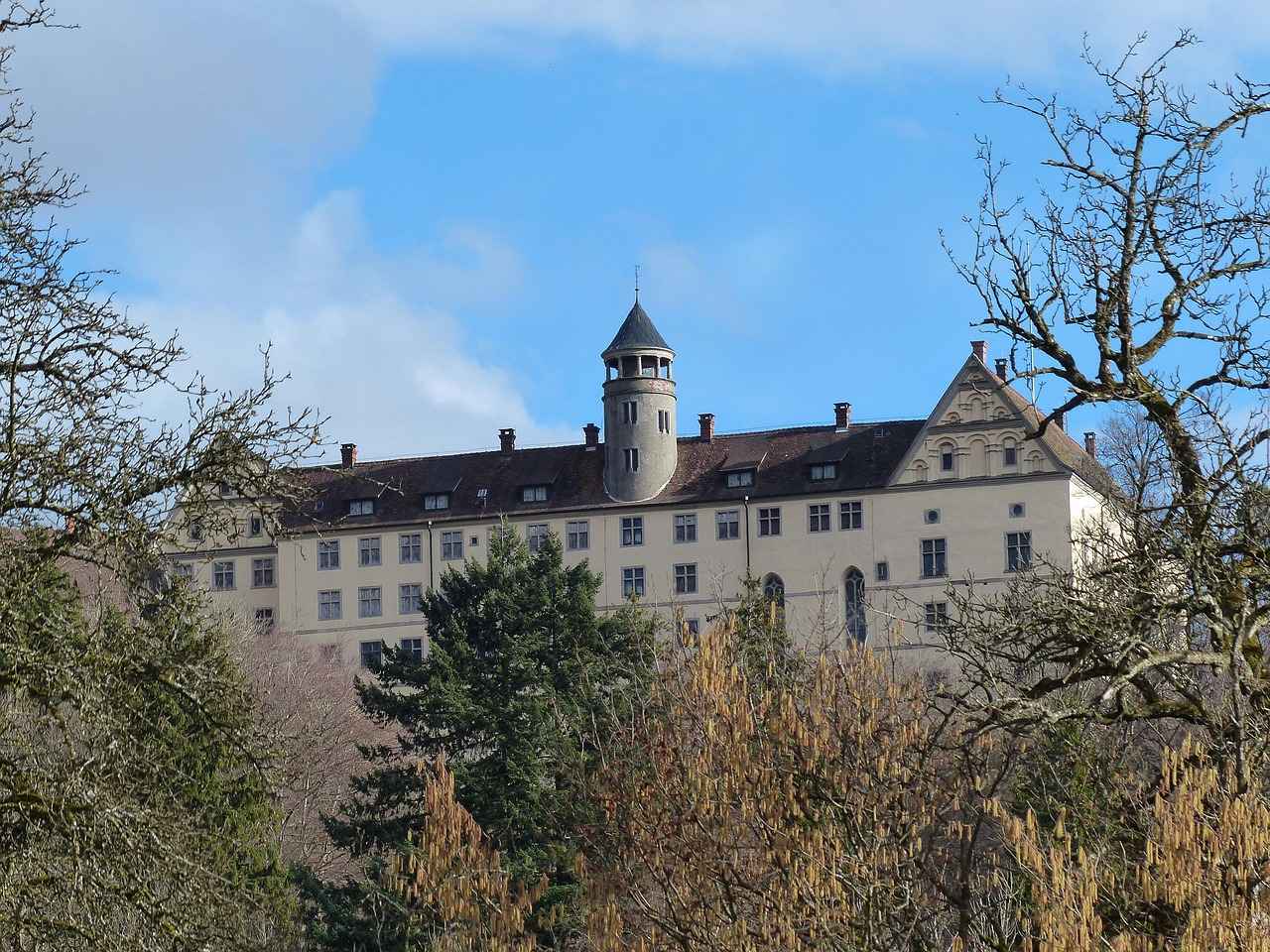
Conclusion: The Enduring Influence of the Bengal Renaissance
The Hidden Stories of Bengal Renaissance That Shaped Modern India
The Bengal Renaissance was a remarkable period that emerged in the late 18th century, representing a significant cultural and intellectual awakening in India. This movement was not merely a historical phase; it was a vibrant tapestry of ideas, creativity, and reform that laid the groundwork for modern Indian society. The Renaissance catalyzed a profound transformation, influencing various aspects of life, including literature, art, and social reforms.
The Emergence of the Bengal Renaissance
Beginning in the late 1700s, the Bengal Renaissance marked a shift towards rational thought and progressive ideas. Intellectuals began to challenge the status quo, advocating for education, social justice, and cultural revival. This era saw the birth of new philosophical ideas, which encouraged individuals to think critically and question traditional beliefs.
Key Figures of the Bengal Renaissance
- Raja Ram Mohan Roy: Often hailed as the Father of Modern India, Roy’s efforts in promoting education and women’s rights were groundbreaking. His activism against practices like Sati showcased his commitment to social reform.
- Rabindranath Tagore: A literary giant, Tagore’s works transcended regional boundaries, earning him the first Nobel Prize in Literature from Asia. His poetry and philosophy continue to inspire generations.
Art and Culture During the Renaissance
This period was characterized by a flourishing of artistic expression. Artists experimented with new styles, merging traditional motifs with modern influences. This creative explosion not only enriched Bengali culture but also contributed significantly to the broader Indian artistic landscape.
Social Reforms and Their Impact
The Bengal Renaissance ignited numerous reform movements aimed at addressing caste discrimination, gender inequality, and educational access. These movements played a crucial role in shaping contemporary Indian society, fostering a spirit of inquiry and progressive thought.
In conclusion, the Bengal Renaissance remains a pivotal chapter in Indian history. Its stories of innovation and reform continue to resonate today, underscoring the importance of cultural and intellectual awakening in shaping modern society. The ideals and values cultivated during this transformative period have left an indelible mark on India, inspiring future generations to pursue knowledge, equality, and social justice.
Frequently Asked Questions
- What was the Bengal Renaissance?
The Bengal Renaissance was a cultural and intellectual movement that began in the late 18th century in Bengal, India. It involved a surge in artistic, literary, and social reforms that challenged traditional norms and laid the groundwork for modern Indian society.
- Who were the key figures in the Bengal Renaissance?
Prominent figures include Raja Ram Mohan Roy, known as the Father of Modern India, who advocated for social reforms and education, and Rabindranath Tagore, a literary giant who won the Nobel Prize in Literature and enriched Bengali literature and philosophy.
- What were some major contributions of Raja Ram Mohan Roy?
Raja Ram Mohan Roy was instrumental in promoting women’s rights, particularly against practices like Sati. He also established educational institutions that emphasized science and rationalism, significantly influencing modern education in India.
- How did the Bengal Renaissance influence arts and culture?
This period saw a flourishing of arts, including painting, music, and theater, reflecting the socio-political changes of the time. Writers and artists began to explore new themes and styles, resulting in a rich literary and artistic heritage that continues to inspire today.
- What is the legacy of the Bengal Renaissance in modern India?
The ideals and reforms initiated during the Bengal Renaissance continue to shape contemporary Indian society, fostering a spirit of inquiry and progressive thought essential for societal growth and addressing issues like caste discrimination and gender inequality.




